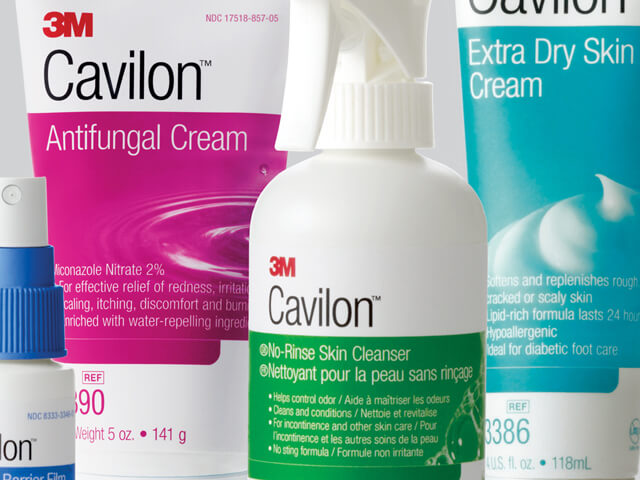House of Brands, Branded House or Somewhere in Between?
Whether you manage a B2B or B2C brand, if you own more than one, you’ve had to decide what type of brand architecture best fits your business strategy.
So, what are the choices? And what makes the most sense given your long-term business objectives? Essentially, there are three options: branded house/monolithic, house of brands or hybrid.
1. Branded House/Monolithic: This direction leverages the corporate brand for all offerings. Used by FedEx, Virgin, Honda and GE, this approach streamlines decision-making, maximizes resources and leverages brand equity across all products and services. Assuming the brand is well-perceived, it borrows equity from one segment and lends it to another. It may or may not include visual differentiation in how the brands are expressed, but, as seen in the illustrations below, it is clear which brand and company are behind the FedEx and Virgin offerings.


2. House of Brands: This strategy offers variety, where the role of the corporate brand provides assurance and stability, but isn’t necessarily a critical driver in purchase decisions. Some of the more widely known organizations that use this approach are Unilever and Procter & Gamble, who both offer B2C packaged goods. With competition for premium shelf space and maximum facings comes the need for stand-alone brands that offer consumers choices and give companies the opportunity to gain market share.

In the B2B space where purchase decisions often involve higher risk, the corporate brand plays a more important role in decision-making. Think jet engines in the aircraft industry. Pratt & Whitney, Rolls-Royce and GE are all big players, each with a distinct brand image. And with the brand visible to passengers, the impact of product failure could be enormous with negative repercussions across their other businesses.
3. Hybrid: Just as it sounds, this strategy leverages the strengths of both of the above – the power, credibility and strength of the corporate brand and the uniqueness, distinction and specialization that come with owning strategic or sub-brands. This approach allows the company to expand its market share to different segments within an industry while maintaining corporate brand visibility where desired. The illustration below shows how this approach is leveraged at Walt Disney. Note how Disney is in no way connected to some of the brands, including ABC Family and ESPN. What this creates, however, is the need for more control, management and guidance throughout the organization. It’s imperative that the respective brand experiences remain consistent, distinctive and relevant, and if used together to endorse and reinforce each other, their roles are clear and differentiated. In a hybrid approach, the strategic use of, or lack of use of, endorsements is important in defining relationships.

Deciding which strategy is best
As with all brand-related efforts, the strategy you choose depends on your business objectives, relationship with the customer or end user, and organizational culture. Often the process of developing and using a decision matrix that leads marketers through a series of thought-provoking questions yields the best answer for each organization. What percent of sales do you typically invest in promoting your various brands and offerings? Required investment and adequate budget are crucial consideration points. The less you’re willing to invest, the more you should consider a branded house/monolithic strategy. But, does that make the organization more vulnerable by potentially tainting the image of the corporation and all other products leveraging the same brand if some of your higher-risk, innovative ventures don’t work out? And, does that limit your ability to expand into adjacent categories due to corporate brand inelasticity?
Conversely, if your business plan requires uniqueness and differentiation for success in a particular market, a house of brands may be best, assuming you’re willing to invest in building individual brands and the corporate brand doesn’t enter heavily into the decision-making process.
Or, you may want to pursue a hybrid strategy if you need the flexibility of being able to tap into the strength of your corporate brand while also conveying uniqueness in various markets. But keep in mind, hybrid brand architectures require vigilant management and clear guidance throughout the organization to be effective and deliver a consistent brand experience. And no matter what strategy is deployed, long-term investment is critical for success.
Brand architecture is more than organizing and visual presentation. It’s about clarifying and building relationships with customers and consumers. Whatever you decide, it’s important to commit to a particular direction, invest in it and intentionally manage your brand(s) to deliver a consistent experience for long-term growth.


